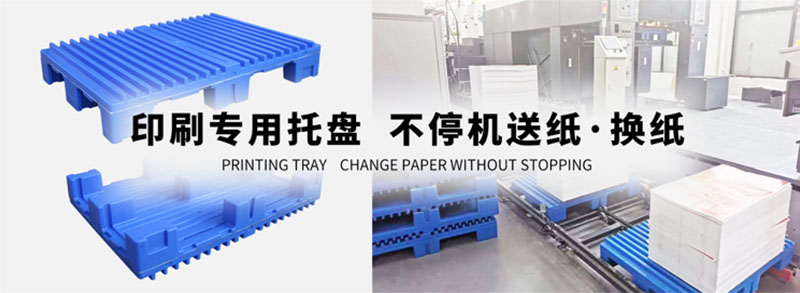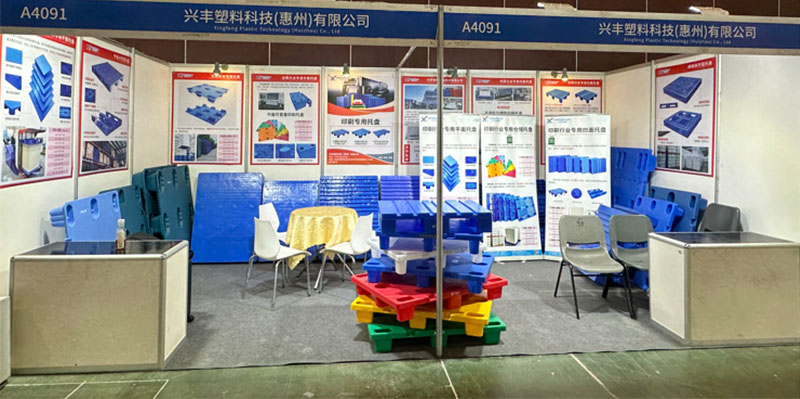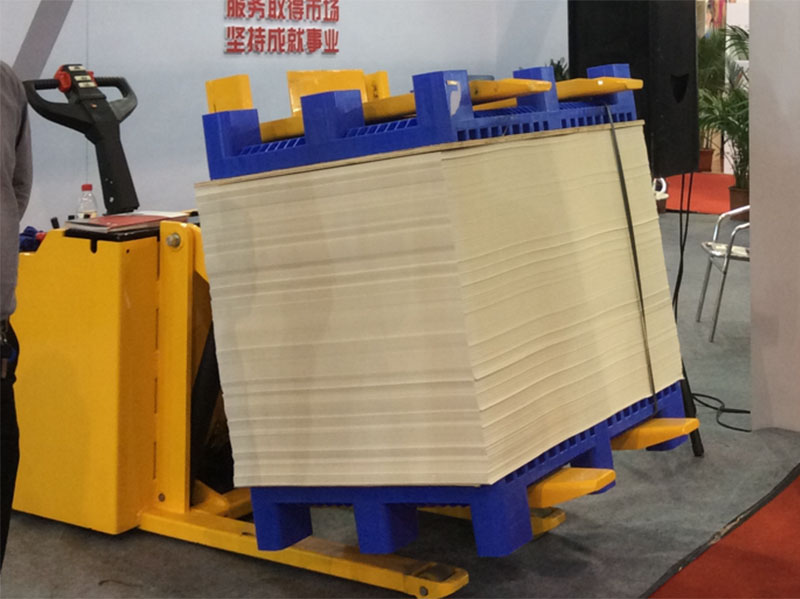Why is pallet packaging expected to see long-term growth in the global shift to circular economy business models? In a world of steady population growth and urbanization, there is a growing demand for printer pallet packaging. At the same time, packaging requirements are becoming more numerous and environmental sustainability is becoming a common denominator.
To succeed in the pallet packaging industry, almost every idea companies invest in must consider how to reduce the environmental impact of their products. Sustainability is no longer seen as “just a trend” as it was when the concept was first popularized. Consumers demand it globally, and our planet depends on its full implementation so that it can function naturally.
To minimize the industry’s impact on the planet, understanding the proper path forward for printer pallet packaging must start at the macro level, followed by concrete actions that can be considered but with appropriate urgency. Like almost all industries, the pallet packaging market is influenced by global and local trends. Globalization and the ease and speed with which consumers can digest information are forcing companies to think about more than just issues directly related to plastic pallets.
Members of the manufacturing industry need to consider how their printer pallet packaging can help consumers save money on their budgets without compromising quality, safety, sustainability, convenience or freshness.
Narrowing our focus to printer pallet packaging, we see some notable trends. The market continues to grow, but the proportion of wooden pallet packaging is actually declining. This is due to the higher growth rate of production and use of other fiber products, plus finally the lightweight itself.
In the long term, plastic pallet packaging will remain a valuable product in high demand, mainly because consumer purchases have shifted to online ordering and home delivery.
From a sustainability point of view, the weight of printing nonstop pallet is becoming lighter as producers are using different product combinations to reduce plastic specific carbon footprints and material use. In addition, plastics are widely recycled and are often made from 100% renewable raw materials.
The study found that the primary criteria for purchasing pallet packaging are price, quality and convenience.
In terms of printed packaging characteristics, the study found that hygiene and food safety were the highest rated attributes, but they have also become less important to consumers since the height of the COVID-19 pandemic.
So what does the future look like? We will continue to see product protection as critical, as the most unsustainable packaging is actually the packaging that does not protect the product from damage or deterioration.
The future of printer pallet packaging is bright and as we continue to innovate, the industry has the opportunity to make a significant contribution to mitigating climate change and achieving a truly circular economy. Understanding the industry’s past, present and future can be used to build a more sustainable future.
Post time: Nov-17-2023



